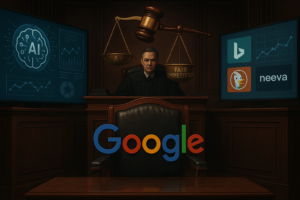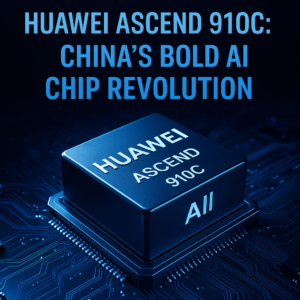The Rise of AI Superstructures: Meta and Elon Musk’s Bold Moves in Data Center Expansion
Simultaneously, Elon Musk’s AI venture, xAI, is expanding its supercomputer project in Memphis, Tennessee. These investments are not just about building facilities; they represent the growing demand for AI capabilities and the infrastructure needed to support them.
Meta’s Louisiana Initiative
Located in Richland Parish, Louisiana, Meta’s upcoming data center is poised to be the largest AI-focused facility the company has ever built. With an anticipated completion date in 2030, the center is expected to span 4 million square feet and create 500 permanent jobs while offering 5,000 temporary construction roles. This move is part of a broader trend where tech giants are looking beyond traditional tech hubs to find locations that offer tax incentives and energy capacity.
Kevin Janda, Meta’s Director of Data Center Strategy, emphasized the company’s commitment to having a positive local impact. In addition to job creation, Meta plans to invest $200 million in local road and water infrastructure improvements to offset the facility’s resource demands. Such investments are crucial for an area like Richland Parish, where roughly 25% of the population lives in poverty and employment rates are below 50%.
Environmental and Energy Considerations
However, the environmental impact of such vast projects cannot be overlooked. The Louisiana Public Service Commission is currently evaluating a proposal by Entergy, a major utility provider, to build three natural gas power plants to supply energy to Meta’s data center. These plants are expected to generate over 2,200 megawatts of power over 15 years. While this development promises to boost local energy capacity, environmental groups have raised concerns about increased reliance on fossil fuels and the potential for future rate hikes for residents.
Meta has pledged to bring 1,500 megawatts of renewable energy onto the grid, aiming to balance its environmental footprint. Yet, the debate over how best to power such facilities continues, underscoring the need for sustainable energy solutions in the tech sector.
Elon Musk’s AI Expansion in Memphis
In Memphis, Elon Musk’s AI company, xAI, is enhancing its supercomputer capabilities with the involvement of major tech players like Nvidia, Dell, and Supermicro Computer. This expansion is part of a larger trend where AI companies are setting up operations in areas with favorable business conditions and infrastructure support.
Despite the economic promise, xAI’s Memphis project has faced scrutiny for its environmental impact. The Southern Environmental Law Center and other groups have expressed concerns about the pollution from the facility’s gas turbines, which contribute to local smog levels. Transparency and community engagement are critical as these projects move forward, especially in areas historically burdened by industrial pollution.
The Future of AI Infrastructure
The demand for AI data centers is projected to grow by 9% annually through 2030, according to industry reports. This surge is driven by the increasing need for data processing capabilities to support AI applications in various sectors, from healthcare to autonomous systems. As a result, states across the US are competing to attract these data centers, offering tax credits and other incentives to lure tech companies.
The developments in Louisiana and Tennessee are emblematic of a larger shift in the AI landscape, where infrastructure and energy considerations are becoming as crucial as the technology itself. As AI continues to evolve, the balance between economic growth, environmental sustainability, and community impact will shape the future of these transformative projects.
Conclusion
The construction of these mega data centers by Meta and Elon Musk reflects the explosive growth in AI technology and the infrastructure needed to sustain it. While these projects bring significant economic opportunities, they also pose environmental challenges that require careful consideration and innovative solutions. As the AI industry continues to expand, the dialogue between tech companies, policymakers, and communities will be essential in navigating this complex landscape.


